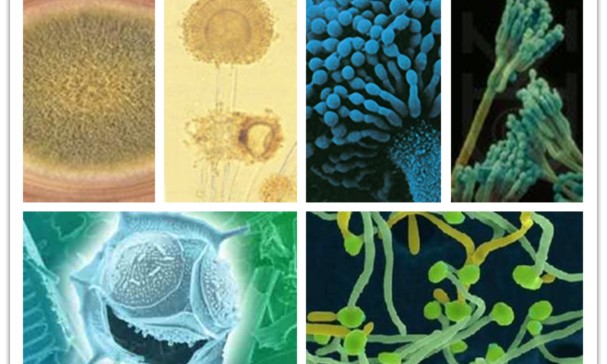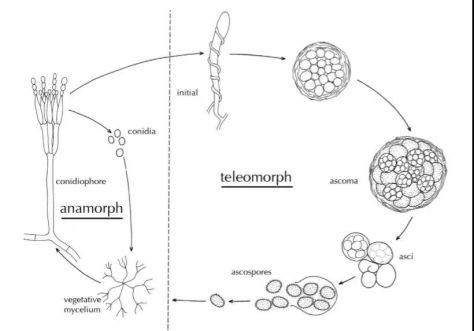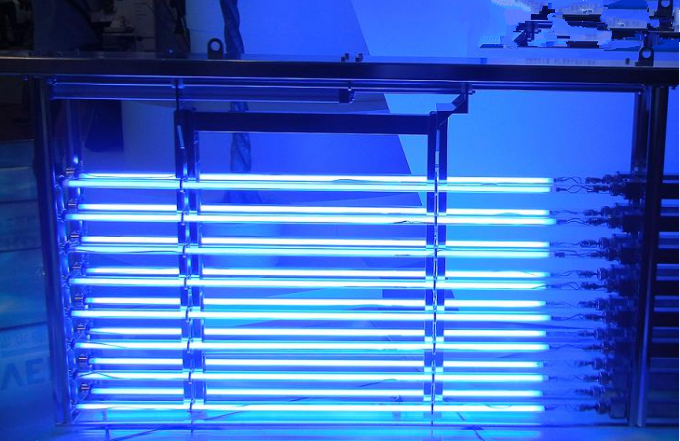Mycete is often used to determine the extent of food and environmental pollution, is an essential index to evaluate the quality of food hygiene. When the food processing workshop humidity is high, the temperature is high, the ventilation is insufficient, the factory equipment many, the food workshop faces the mold risk is particularly prominent.
Basic introduction of Mycete
01 what is Mycete
Mycete are filamentous fungi commonly known as " Mycete fungi" that often form luxuriant mycelium. Mycete is widely distributed in nature and exists in soil, air, water and organism. Mycete has long been used to make delicious foods, such as cheese and ham. However, in some cases, food due to mold infection, corruption and deterioration, harm to consumers.

02 the harm of Mycete
Common polluters in the air of food workshops include penicillium, aspergillus, rhizopus, short shoot stem Mycete, trichoderma, trichoderma, cladosporium and cross Streptomyces.The main hazards are:
1) food spoilage is caused by mildew on the food surface, losing the normal color, aroma and taste, and giving out unpleasant smell;
2) some Mycete (aflatoxin, aspergillus gray-green, penicillium aureus, etc.) also produce toxins;
3) cause Mycete infection, Mycete can grow and reproduce in human body, and produce mold pneumonia and other diseases;
4) cause Mycete allergy
03 The environment where Mycete grows
Mycete spreads basically rely on spores, show minute powdery shape, the eye is not easy to observe.The spores are ejected from the mycete and can remain suspended in the air for a long time. Once the environment is favorable, the spores will grow and reproduce.Above 8℃ ambient temperature can grow, when the temperature in 20℃ ~ 35℃, humidity in 75% ~ 95%, mold can be explosive growth.The PH in the environment has a great impact on the growth and reproduction of mycete. Mycete is suitable for living in a slightly acidic environment, and the optimal PH for growth is 3.0 ~ 6.0.
04 Propagation of Mycete
Mycete has a strong ability to reproduce, and the way of reproduction is diverse. Although any fragment of mycelium can develop into new individuals under appropriate conditions, in nature, molds mainly rely on producing a variety of asexual or sexual spores for reproduction. Spores are like the seeds of plants, but they are abundant and small.

Source of mycete in production workshop
Food production workshop high temperature and humidity environment, ventilation system pollution, water and raw material pollution, air pollution, non-sanitary design of equipment and plant, cross contamination are the main source of mycete pollution in food workshop. The following is a small series of ideas for a dairy production workshop for mycete pollution diagnosis, the dairy production workshop air bacterial and product smear experiment, occasionally found abnormal mycete detection phenomenon. As can be seen from the figure below, the source of mold contamination is complex and it is difficult to determine the real cause. The best way to control mold contamination is to take precautions in advance.
Mycete detection
If mycete control is to be carried out, there must be a method for mold monitoring. At present, the direct settlement method of bacterial colony is still used to detect mold in China. Although the detection result is accurate, the procedure is complex and the detection cycle is too long. With the development of science and technology, more and more rapid detection methods have been applied. For example, 3M rapid mycete yeast test tablet 6477 can shorten the time (48 hours), reduce the pollution link and operate more simply than the traditional method. This method has passed the AOAC certification.
mycete control
The prevention and control measures of mycete pollution in food workshop environment include chemical treatment, temperature and humidity control, ozone treatment, ultraviolet radiation, and sanitation management.
01 chemical treatment
Aerosol disinfection of edible grade alcohol is commonly used to prevent mycete contamination in food manufacturing, while quaternary amine salts and sodium hypochlorite are commonly used to disinfect fingers. After work, workers sterilize the air with ozone or ultraviolet rays to prevent the accumulation of bacteria in the air to the next day.
02 Temperature and humidity control
According to the general rules of GMP in China, manufacturing, packaging and storage areas should be well ventilated, and effective ventilation facilities should be installed when necessary to prevent indoor temperature from being too high, steam condensation or peculiar smell. According to the actual needs, the temperature is best in 24 degrees below, the humidity is below 55%, because high temperature and humidity will promote the growth of mycete.
03 ultraviolet irradiation
Ultraviolet light is difficult to make mycete spores die, must cooperate with alcohol spray and other methods. Ultraviolet sterilizing device can be used as the sterilizing device of ambient air and packaging materials, etc. Ultraviolet lamp irradiation should ensure enough irradiation amount and time, and clean the surface of the irradiated object in advance. The setting distance of ultraviolet lamp should not be more than 4 meters.

04 clean space
Clean room facilities in order to avoid mold contamination in food plants, clean rooms should be established. Its requirement should be to be able to stop the environment inside generation mycete pollution source, 2 it is to be able to block mycete diffusion, 3 it is when appear mycete pollution, should be able to be removed in time.
05 health management
The health awareness of managers and operators plays an important role in the prevention of mycete pollution in food factories, including personal hygiene, cleaning and disinfection management, food contact surface hygiene, and production and environmental hygiene control.
Conclusion
Mycete contamination in food processing plants may cause mold to multiply, contaminate products, and cause harm. Due to the complex source of mold contamination and the long time required for detection, the control of mold needs to be analyzed from human, machine, material, method, environment and other factors to formulate preventive measures. Chemical method, temperature and humidity, ozone treatment, ultraviolet treatment, sanitary management and other methods can be used in common prevention and control measures.

